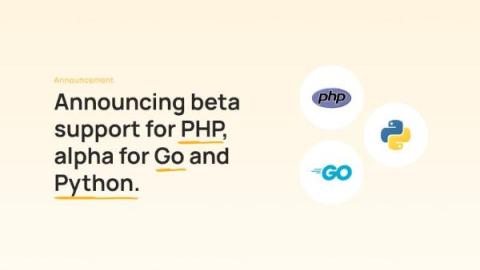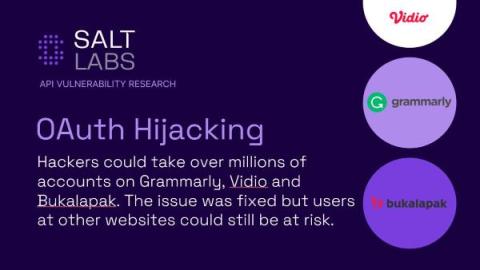Security | Threat Detection | Cyberattacks | DevSecOps | Compliance
Latest News
Harnessing the Magic of API: Turbocharging Business Automation
Announcing beta support for PHP, alpha for Go and Python
PHP holds the bar as one of the most popular and sought-after technologies for web development. As W3Techs shows, PHP code is running on 76.8% of all websites around the globe. We are very excited to announce that the latest version of Bearer now supports PHP in Beta, with more than 50 rules already available, providing a good level of security risks and vulnerabilities coverage. For the PHP support in this release, we have included a strong focus on the popular Symfony framework.
The growth of APIs attracts Cybercrime: How to prepare against cyber attacks
Application Programming Interfaces (APIs) have profoundly transformed the internet's fabric. In the pre-API era, digital interactions were limited by siloed systems functioning in isolation. APIs dismantled these barriers by introducing a universal language that diverse applications could comprehend. This linguistic bridge facilitated an unprecedented level of interconnectivity between software entities.
Oh-Auth - Abusing OAuth to take over millions of accounts
Elevating Enterprise API Security with Wallarm for MuleSoft Anypoint Platform
In an age characterized by digital transformation, APIs serve as the backbone of modern applications, enabling diverse systems to communicate and share data seamlessly. This widespread API adoption, however, exposes organizations to a considerable attack surface, inviting the attention of cyber adversaries searching for vulnerabilities to exploit.
2023 OWASP Top-10 Series: Wrap Up
Over the past several months, we've taken a journey through the new 2023 OWASP API Security Top-10 list. In the previous 12 weekly posts, we've delved into each category, discussed what it is, how it's exploited, why it matters, and suggested effective protections for each. Now, as we conclude this series, it's time to summarize and offer some practical guidance for security practitioners looking to bolster API security in their organizations.
The Latest Trends in API Security: The 2023 OWASP API Security Top Ten
The Open Web Application Security Project (OWASP) has published the latest edition of its API Security Top Ten, which was first published in 2019. The Top Ten is a significant daughter list of the OWASP Top Ten, which is one of the most definitive lists of the most severe web application risks. Why is this important? What are its main findings? And what does this mean for application security?
2023 OWASP Top-10 Series: Spotlight on Injection
Welcome to the 12th post in our weekly series on the new 2023 OWASP API Security Top-10 list, with a particular focus on security practitioners. In this series we are taking an in-depth look at each category – the details, the impact and what you can do about it. To see previous posts you might have missed, click here. This post will put a spotlight on Injection, which used to be its own category (OWASP API8:2019) but has now been subsumed into OWASP API10:2023 (Unsafe Consumption of APIs).
Gartner predicted APIs would be the #1 attack vector - Two years later, is it true?
Over the last few years, APIs have rapidly become a core strategic element for businesses that want to scale and succeed within their industries. In fact, according to recent research, 97% of enterprise leaders believe that successfully executing an API strategy is essential to ensuring their organization’s growth and revenue.











